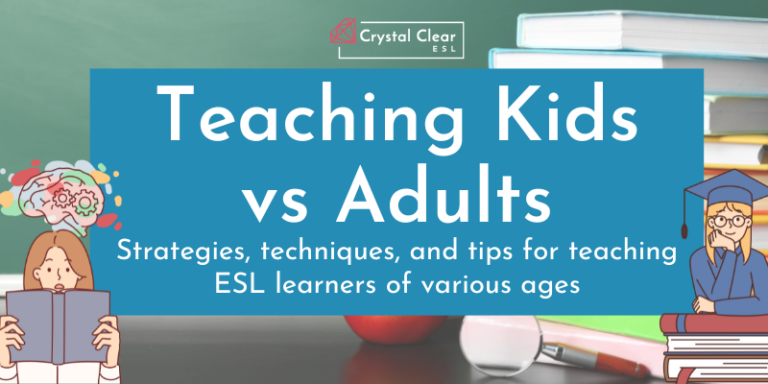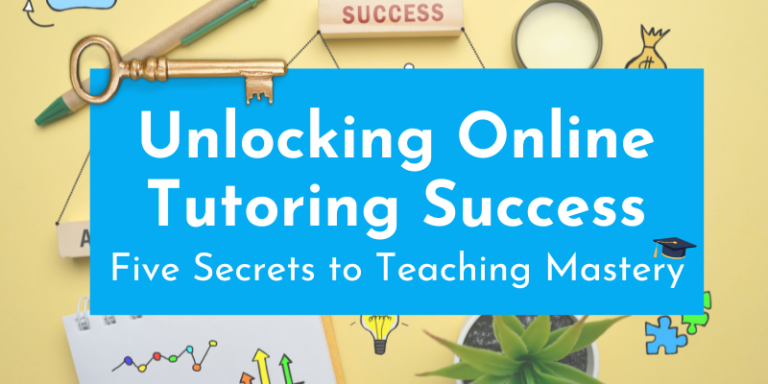Teaching ESL Phonics
Teaching Phonics to ESL learners is very different to teaching to Native English ones. For starters, beginner level ESL students usually won’t have a wide foundation of English vocabulary to draw from, so they’ll be learning sounds and blending them into words before they actually know the meanings of those words. For NES this works in reverse: these children often know the word meaning before they learn to segment or spell it.
The first exposure for ESL children to English is through the ABC song; it makes sense for an ESL Phonics curriculum to follow this order for learning the phonemes (sounds each letter or letter combination makes), as is done in the Crystal Clear Phonics scheme. It’s important, therefore, to link learning to a version of the ABC song in which each letter is explicit and clear. Many Western versions of the ABC song rush through ‘L, M, N, O, P…’, so direct students to versions popular in Asia, where these letters are sung slowly and are easily distinguishable.
Phonics is learned best when sound, meaning and common usage can be integrated to enhance long term retention – but with beginners, keep it simple! Avoid using incidental language that will clog up input for your young student. Use short sentences for instructions, and repeat them often. Students will begin to pick up phrases in context, and with your guidance, apply these in new settings. This is the best way to make new information stick!
There are two accepted methods for teaching Phonics: analytic and synthetic. In the analytic method, students identify similarities between words, such as their endings, and repeat the rhymes. For example, ‘cat,’ ‘mat, ‘sat.’ Not only can this method be confusing because in English, not every letter combination reliably produces the same sound, but it also relies heavily on meaning, and as such is not the best choice for beginner ESL students.
Synthetic phonics requires learners to start by memorising phonemes, and then practice blending and segmenting them to create words, for example: ‘c-a-t.’ This method relies less on meaning than on decoding sounds, but has its own challenges for ESL students: Chinese students, among others, don’t learn about syllables until they start primary school around age seven, though they will start learning individual characters in Kindergarten from about age two. If they can’t blend in their mother tongue, we can’t expect them to do it in English! For this reason, Crystal Clear Phonics breaks words into manageable segments: ‘c-at,’ rather than, ‘c-a-t,’ for example.
True synthetic Phonics draws on ‘alien’ words – nonsense phoneme combinations used simply for practice with blending and segmenting. It is important not to rely too heavily on ‘alien’ words with ESL learners because without a framework of vocabulary behind them, they often can’t decipher between these and real words.
There is no need to insist ESL Phonics students memorise letter names, many NES learners don’t learn these until well after they have learned the phonemes. Begin introducing letter names, as well as upper and lower cases more subconsciously, by presenting them together with the phonemes, rather than drilling them explicitly.
Crystal Clear Phonics offers a hybrid approach, using the synthetic method to build a framework of phonetic awareness for ESL students and improving their confidence using and identifying sounds. It then integrates analytic properties to provide wider learning opportunities, once students have better developed their vocabularies
Crystal Clear Phonics is ideal for students three to eight years old – it’s dynamic, visually appealing and interactive, making it the perfect learning resource for beginners. The scope of Crystal Clear Phonics is to firmly embed practical knowledge of all 44 phonemes in English. The sequence starts in alphabetical order including short vowel sounds, moves onto digraphs, ‘r-controlled’ sounds, long vowels, ‘oo’ sounds and diphthongs. Each sound has an associated vocabulary term, action and song. There are often ancillary vocabulary words and phrases added in, which can be used for blending practice alone, or extended for more proficient students to include meanings.
Sight word lists and flashcards are included within the Crystal Clear Phonics membership. These are important because not only are they often used in English, but many are said differently than they sound or are spelled. Ensure students learn these by sight by regularly integrating them into lessons and homework. Students’ best chance at long term retention is to study Phonics little and often. Greatest results will be achieved if you can get the parents involved in supplementing students’ practice at home. Try asking parents to use flashcards to quiz students every day. Assign Phonics games as homework – Crystal Clear Phonics provides over twenty fun Phonics game ideas, most requiring nothing more than printed phonics flashcards, so why not assign one per lesson as homework? There are also ‘open’ links on the Crystal Clear ESL Resources page to all the Phonics songs; you can provide these URL links to parents to listen to and sing with their children regularly at home.
There are many different types of learners: physical, aural, verbal, to name a few. By incorporating a range of activities into Crystal Clear Phonics lessons, the greatest possible range of learning styles are accounted for. Actions, mnemonics and songs built to match each phoneme link learning styles and provide access for more learners. Manipulating the sounds in different context stimulates long term memory through repetition and authentic use – this is why exercises and games are built into the Crystal Clear Phonics curriculum – students practice the sounds and actions repeatedly by manipulating them in new, salient contexts, and thus remember them long-term.
While necessary for retention, repetition can get boring. Here are some ways to make repetition fun:
- Multi-sensory engagement
- Silly voices, volume
- Puppets
- Echoing, singing, chanting, clapping
- Emotional motivation: rewards that appeal to your student
- Competition: teacher vs student, games
It’s important to keep lessons short for young learners. Their attention spans aren’t as long as older learners, and short and sweet means fun and upbeat, not long and grueling! Crystal Clear Phonics lessons are ideally suited for 25-30 minute class lengths, but if you need longer, why not integrate them as one part of a varied curriculum? Break a longer lesson into chunks, where you focus on Phonics for one part, then on common phrases/short dialogues, then on vocabulary around a specific theme, and so on. You can supplement lessons as you like: props, movement games, videos and the like are great ways to reinforce learning and fun and lengthen a lesson.
In order to engage fully with Crystal Clear Phonics lessons and manipulate the language in different contexts through the interactive drag-and-drop, click, draw-a-line, type and other features, ensure you and your student access the material over PC or Mac, rather than tablet or iPad. Likewise, choose a virtual classroom platform that allows screen sharing and the ‘give control’ feature, such as Zoom or Koala; this will allow you to share your cursor with your student so they can reach full interactive potential.
Still have questions about effectively teaching Phonics to your ESL beginners? Get in touch by email: info@esl-curriculum.com or take out a two week free trial of the Crystal Clear Phonics curriculum today!







